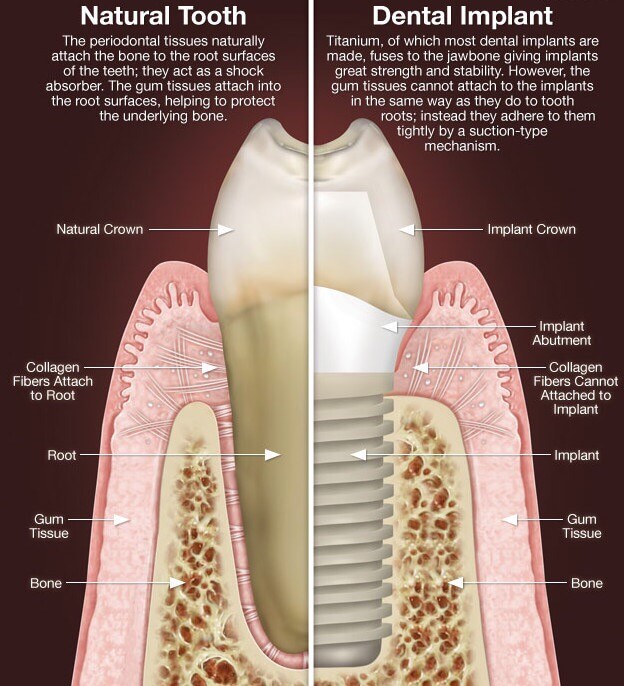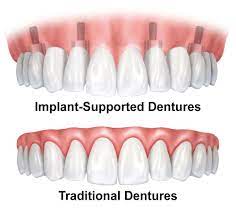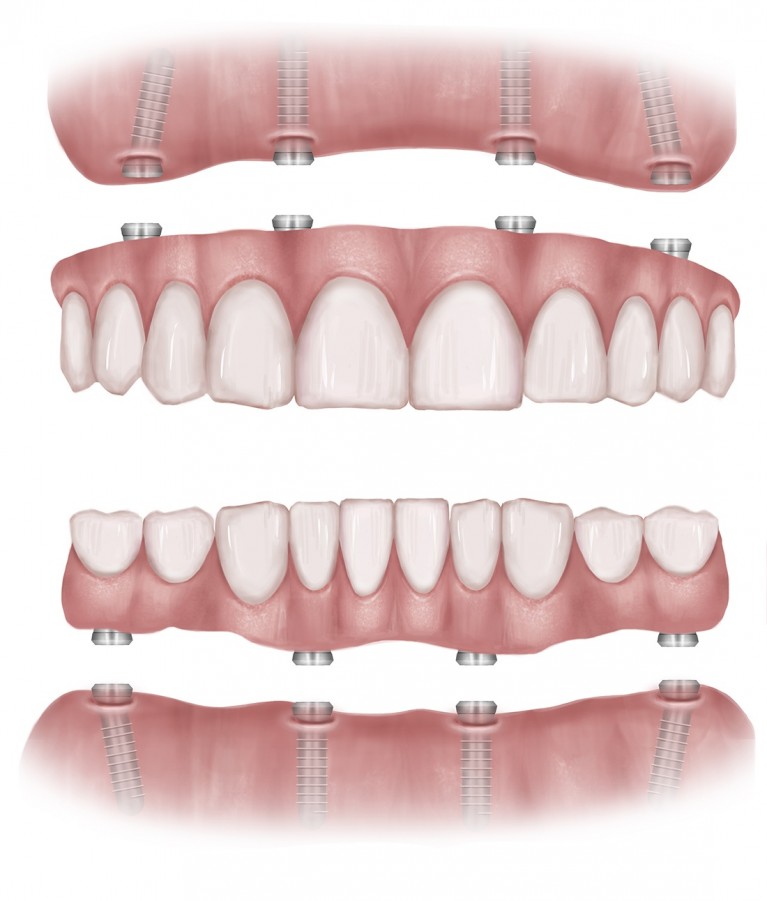It’s safe to say that people really appreciated Wells’ and Morton’s breakthroughs. In a public park in Boston, there’s even an “Ether Monument.” The statue atop the monument anachronistically depicts a Moorish doctor with an ether rag.
Before ether and nitrous oxide, the concept of “painless dentistry” was an oxymoron: The only remedy for toothaches was extraction. As pain management solutions developed, this entirely changed the field of dentistry, because dentists were finally able to focus more on restoring and conserving teeth.
In recent years, sedation dentistry —in which a patient essentially sleeps through a dental visit—has become more and more popular and is largely marketed towards people who are afraid of the dentist and busy professionals who want to get a lot of work done in one sitting. The Journal of the American Dental Association has estimated that as many as 85 million people in the United States avoid the dentist out of fear of pain. That’s a lot of teeth! Our hope is that some of these folks hear about sedation dentistry and decide to give it a try.
 2918 Spencerville Rd, #124Burtonsville, MD 20866
2918 Spencerville Rd, #124Burtonsville, MD 20866  (301) 421 1118
(301) 421 1118 






0 Comments
No comments yet. Be the first to comment!